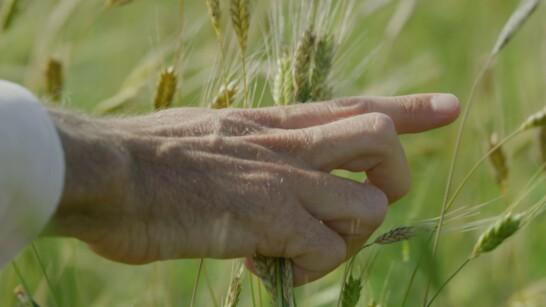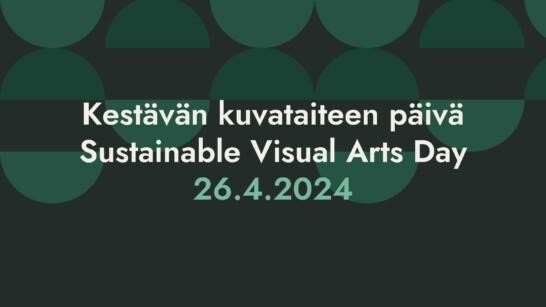News
IHME Challenge 2020 – Calculate your Baltic Sea footprint!

IHME Helsinki is challenging all IHME followers to measure their Baltic Sea footprint and to find a way of improving the state of our local sea.
The Baltic Sea is topical at IHME in many ways. The Baltic is the subject of the first IHME Helsinki Commission: Jana Winderen’s sound-installation that takes us beneath the surface into the undersea sound world. In the background work for her commission she is interviewing experts from different fields about the state of the Baltic Sea, and about how pollution and warming affect different species, professional groups, and those of us who live beside the Baltic.
The issue of the state of the Baltic Sea is linked to IHME’s policy of seeking to promote actions that can slow climate change and help us adapt to its effects.
Waste, algae scum and nutrients
We can spot some indicators of the state of the sea with the naked eye: the amount of waste washed up on its shores, and whether we should avoid going swimming on our summer holidays when algae scum has invaded our favourite beach. Few of us think we are complicit in the state of the Baltic Sea. News stories have talked, for instance, about the big sources of pollution in the Baltic, such as factories, shipping emissions, and the nutrient load leaking from agriculture. In reality, however, there are multiple ways in which we can influence how many bucketfuls of algae we produce on its shores.
What goes into a Baltic Sea footprint?
The Baltic Sea calculator is a handy online tool for identifying the factors that make up our own Baltic Sea footprint. At the same time, we can compare our own score with those of other people living in Finland. The calculator is the handiwork of Baltic Sea researchers at the Finnish Environment Institute (SYKE) and the Natural Resources Institute Finland (Luke), and has been implemented together with the John Nurminen Foundation – its mission to protect the Baltic Sea – and Helsingin Sanomat newspaper.
The sub-areas of the calculator tell us how many factors affect our own Baltic Sea footprint. Those sub-areas are largely the same as in carbon-footprint meters; choices in energy consumption, the food we eat, transportation, waste-water treatment, and leisure activities.
How to eat in a Baltic Sea-friendly way?
“Approximately 60% of our Baltic Sea footprint comes from what we eat, and specifically from its production. At least 70% of Finland’s agricultural land is used for the production of animal-based food. With the Baltic Sea Calculator everybody can calculate how big their Baltic Sea footprint is; how much phosphorus and nitrogen we produce each year in the Baltic Sea,” Seppo Knuuttila, one of the researchers behind the Baltic Sea calculator, says in an interview with Jana Winderen.
Choices of what to eat can also be linked to leisure activities, the most Baltic Sea-friendly being fishing. Cooking and eating roach or other cyprinid fish removes eutrophying substances from the sea. At the same time, it reduces blue-green algal blooms and helps cut down on climate change.
Join us in our challenges and challenge your friends, too!
Baltic Sea calculator >>
IHME’s Ecoblog >>


